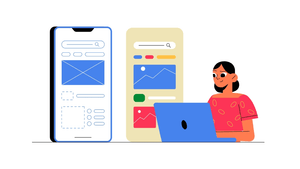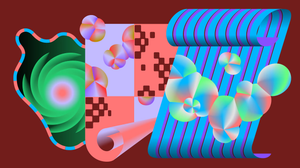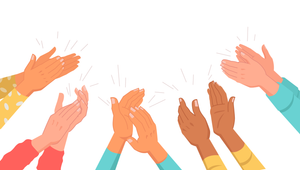Teams often fall into two categories: those eager to see a design or prototype quickly, and those who insist on having a comprehensive Product Requirement Document (PRD) before proceeding.
Of course, it’s not always so clean-cut. In high-ambiguity situations, the design process itself can help create the definition needed to even begin writing a useful PRD. A rough PRD draft may come first, even if key parts are still fuzzy.
That’s why it’s more helpful to view prototypes and PRDs as complementary tools, not competing ones. This shows the tension between wanting to move fast and needing a clear understanding of what we’re building and why. However, viewing it as an either/or scenario misses the essence. Prototypes and PRDs fulfill distinct roles, and their true value emerges when they are used together, deliberately. When treated as complementary tools, not locked into a fixed order, they help teams think through ideas more clearly and make faster progress
Why a single artifact can’t convey the entire narrative
Prototypes are excellent for transforming ideas into something tangible. They illustrate a real-life experience and facilitate effective discussions among teams. However, they don’t fully explain why a feature is needed, the constraints that influenced its design, or how its success will be assessed.
This is where PRDs prove essential. A well-crafted PRD outlines the reasoning behind the project, detailing goals, tradeoffs, technical aspects, and business context. Yet, even the most comprehensive document can’t replicate the actual product experience.
Finding the right amount of detail can be challenging.
PRDs that are too detailed can be difficult to interpret, whereas those that are too vague can be non-starters and lead to confusion. Prototypes serve to ease this tension by showing, rather than telling.
Individually, each tool has limitations, but combined, they create a fuller picture of the what, why, and how. Prototypes show the experience. PRDs structure the thinking behind them, encompassing goals, constraints, edge cases, and trade-offs. On their own, each paints an incomplete picture. Together, they give teams a clearer idea of what they’re building and why it matters.
The case for working in sync, not in silos
When teams develop prototypes and PRDs simultaneously, the give-and-take sharpens both the vision and the details, each offering a different lens for understanding the work. Together, they form a mutual reference point, something everyone can comprehend, engage with, and rely on.
This method also reduces “work-about-work.” The meetings, back-and-forth clarifications, and redundant tasks that accumulate when teams lack a common frame of reference. Using both tools allows everyone to work more efficiently and spend less time translating ideas or resolving misunderstandings.
When design and documentation evolve together, teams are better informed and aligned. Instead of scrambling to catch up or fix confusion after the fact, teams can stay in sync and work things out as they go.
The true meaning of “living” and its importance
For a prototype or PRD to be effective, it must mirror the team’s current mindset. The advantage of considering these tools as living artifacts is that they evolve in tandem as the project progresses. However, “living” requires active maintenance. This involves revisiting the PRD after a significant design alteration or updating the prototype when priorities change. Without ongoing attention, these tools lose their utility. To remain beneficial, living artifacts require ongoing maintenance, which involves clear ownership, shared access, and regular reviews to ensure they continue to represent the current situation accurately.




